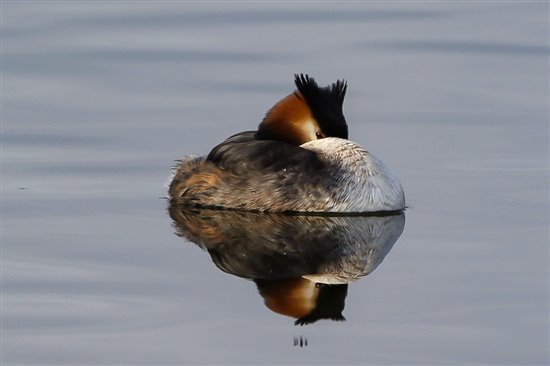
It is Spring, isn't it? Yesterday I thought it was, walking around the reserve in a t-shirt, a couple of commas being the first butterflies of the year here. Today, I'm not so sure...
Summer migrants have slowly started to arrive this week, with more chiffchaffs and sand martins around, plus our first swallows (Tuesday 3rd), blackcap, white wagtail, willow warbler and common sandpiper (Wednesday 5th). Perhaps…